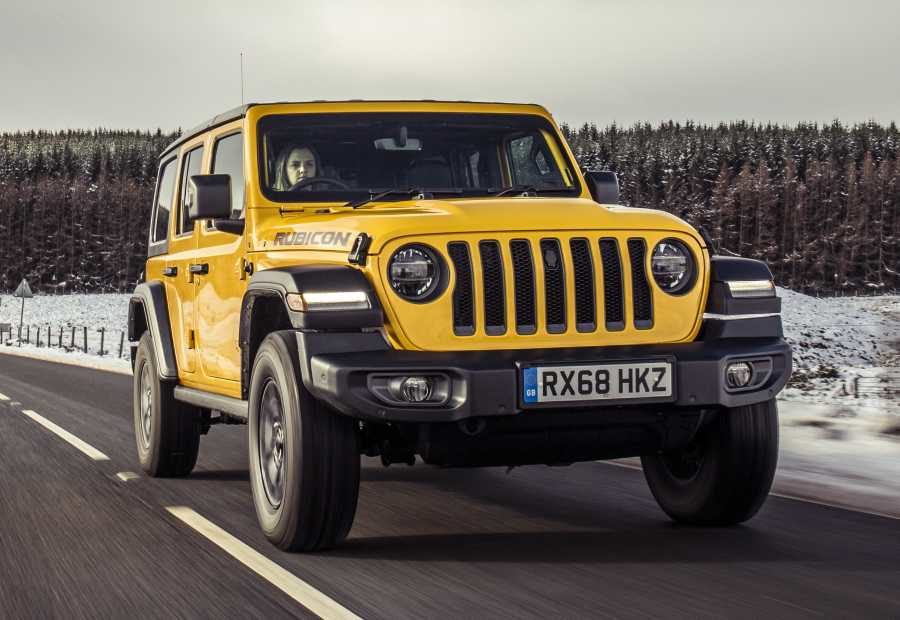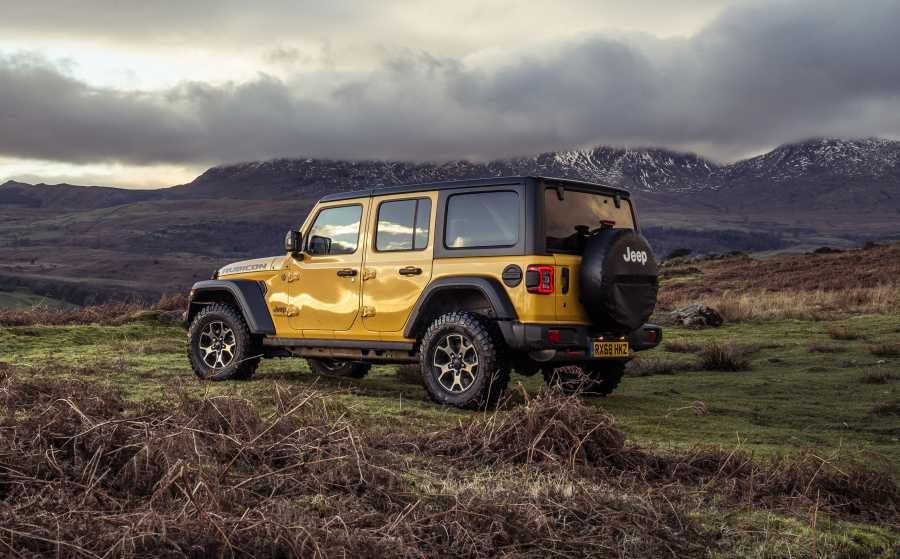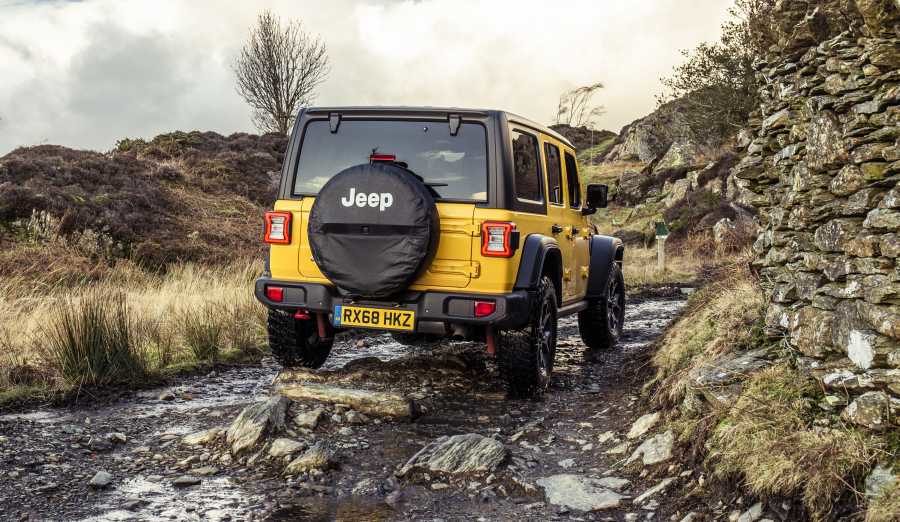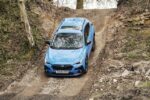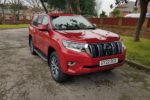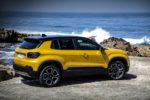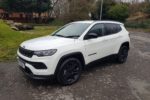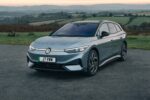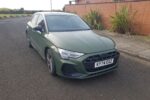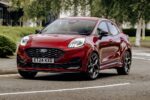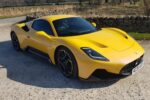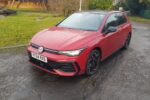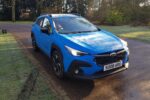Featured · First Drive · Jeep · Reviews
Jeep Wrangler – hellayella hardcore
IT’S the hardcore off-roader that comes to bits like a heavy duty Lego model, yet is the toughest most capable vehicle of its ilk.
Enter the new fourth generation Jeep Wrangler, a no-nonsense mean machine that makes jagged boulders feel like pebbles yet ensures its passengers travel in leather-clad luxury with the latest technology at their fingertips.
Jeep has never had a better chance of winning over more fans to the brand now that its only real rival, the Land Rover Defender, is no longer in production.
In fact, pick-up trucks apart, the closest you’re likely to get to the Wrangler, is the new Suzuki Jimny – and that can’t tackle the sort of unrelenting terrain gobbled up by the new Jeep.
To grow that volume the American company needed to concentrate on two very diverse targets – keep improving on what it does best – go anywhere, do anything capability – and at the same time appeal to a lifestyle audience.
The upshot is an off-roader that’s engineered to devour the most challenging terrain, delivers on technology and does it with a splash of the wow factor.
That includes being able to remove the windshield by unscrewing six bolts, take off the roof and side window panels and remove the doors as well.
In fact as the only authentic 4×4 SUV available on the market, the Wrangler has several combinations for open air freedom – like the Sky One-Touch powertop, a new Zipperless Premium Sunrider soft top and a removable three-panel hard top called the Freedom Top.
Up for grabs in three trim grades – Sahara, Overland and Rubicon – and with a choice of 2.0-litre turbo petrol and 2.2-litre diesel engines all using an eight-speed automatic transmission, the new Wrangler starts at £44,865.
That tab is for the Sahara 2.2 MultiJet II two-door variant rising to £48,365 for a Rubicon four-door model with either of the engines.
As paint jobs like Hellayella, Punk’n Metallic, Mojito, Sting Grey and Firecracker Red might suggest, this vehicle is a bit of a looker.
Only Sahara trim doesn’t come with full leather upholstery and a substantial amount of standard kit includes the likes of keyless ignition, a pin-sharp rear view camera, blind spot alert, Android Auto and Apple CarPlay and a colour touchscreen that allows you to configure info in 100 different ways.
As for hardware, two four-wheel drive systems are available – Command-Trac on the Sahara and Overland trim and Rock-Trac for the Rubicon – and operate in four driving modes engaged depending on the prevailing conditions.
And those conditions were pretty near perfect for the Wrangler press launch in a wet and misty Lake District, where fast-moving rivers and crashing waterfalls provided a spectacular accompaniment to the mountain scenery.
You wouldn’t consider taking the majority of vehicles up some of the tracks leading to fells above Windermere and Coniston – factor in torrential rain making the rocky trails treacherously slippy and you have a recipe for disaster.
Take it slowly, pick your pathway, use common sense and the Wrangler will do the rest. You may get a bit of wheel slip but the system works it all out and gets the job done.
Two separate and equally tricky off-road sections, both including steep angles, sharp stones and deep mud, proved no problem for the Jeeps – all using standard showroom tyres and none suffered punctures.
Back on the road the Wrangler proved that it is not just a vehicle for the rough stuff, proving smooth, solid and pleasant to drive – though there are a couple of niggles.
Tall drivers may feel the front seats don’t slide back sufficiently and there’s no room for the driver’s left foot, a consequence of Americans configuring cars for left-hand drive.
Otherwise the Wrangler is a vehicle that certainly embraces Jeep’s adventurous image but with more style than ever – starting with its trademark seven-slot grille.
If you spot one in your rear-view mirror you may not recognise it as a Wrangler, but you’d definitely know it was a Jeep.

